XML

XML相关概念
概述:Extensible Markup Language 可扩展标记语言
- 功能
- 存储数据
- 配置文件
- 在网络中传输
- 存储数据
xml和html的区别XML标签都是自定义的,hmtl标签是预先定义的xml的语法严格,html语法松散XML是存储数据的,html是展示数据
w3c万维网联盟
语法
基本语法
xml文档的后缀名必须为.xmlxml第一行必须定义为文档声明xml文档中有且仅有一要根标签【就是只能有一个根标签】- 属性值必须使用双引号或单引号引起来
- 标签必须是有开始和有结束的
xml是区分大小写的
快速入门
<?xml version="1.0" encoding="utf-8" ?><users><user id="1"><userName>海康</userName><age>20</age></user><user id="2"><userName>南宁</userName><age>21</age></user>
</users>
语法组成部分
-
文档声明
-
格式:
<?xml 属性列表 ?>【注意第一个?号必须与xml紧张贴着,?与<>不能有空格】- 属性列表取值:
version:版本号,必须要写的属性encodint:编码方式,告知解析引擎当前文档使用的字符集,默认是IS0-8859-1standalone是否是独立的【了解】- 取值:
yes是独立的【不依赖其他文件】,no是不独立的【依赖其他文件】
- 取值:
- 属性列表取值:
-
指令【了解】
<?xml-stylesheet type="text/css" href="a.css" ?> -
标签:标签名称自定义的
- 规则 :
- 名称可以包含字母,数字 ,以及其他的字符
- 名称不能以数字或者标点符号开始
- 名称不能以字母
xml(或者XML、Xml等等)开始 - 名称不能包含空格
- 规则 :
-
属性:
id属性值唯一 -
文本:使用
CDATA区:在该区域数据会被原样展示格式: <![CDATA[ 数据 ]]>
-
xml语法中的约束
约束:规定xml文档的书写规则, 作为框架的使用者(程序员):
1. 能够在xml中引入约束文档
2. 能够简单的读懂约束文档
分类:
DTD约束:是一种简单的结束技术Schema约束:一种复杂的约束技术
DTD约束
使用的步骤:
- 引入
dtd文档到xml文档中【引入的方式有两种:内部和外部】- 内部
dtd:将约束规则定义在xml文档中 - 外部
dtd:将约束规则定义在外部的dtd文件中【外部分为两种:本地和网络的】- 本地语法:
本地:<!DOCTYPE 根标签名 SYSTEM "dtd文件的位置"> - 网络语法:
网络:<!DOCTYPE 根标签名 PUBLIC "dtd文件名字" "dtd文件的位置URL">【注意是:dtd文件名字任意的】
- 本地语法:
- 内部
- 书写
xml文件
dtd的缺点是:不能规定标签中的文本内容
案例:
第一步:书写dtd文档
<!ELEMENT students (student*) ><!--表示是根标签是students,子标签是student可以出现0到多次-->
<!ELEMENT student (name,age,sex)><!--student中的属性是name,age,sex,必须按照这个顺序书写-->
<!ELEMENT name (#PCDATA)><!--表示是字符串-->
<!ELEMENT age (#PCDATA)>
<!ELEMENT sex (#PCDATA)>
<!ATTLIST student number ID #REQUIRED><!--表示有ID且唯一-->
第二步:书写xml文档
<?xml version="1.0" encoding="UTF-8" ?>
<!--下面的语句表示引入dtd文档-->
<!DOCTYPE students SYSTEM "student.dtd"><students><student number="s_1"><name>海康</name><age>20</age><sex>男</sex></student>
</students>
Schema约束【文件的后缀是.xsd】
使用的步骤:
-
编写
xml文档的根元素 -
引入
xsi前缀xmlns:xsi="http://www.w3.org/2001/XMLSchema-instance"【是固定的】 -
引入
xsd文件命名空间xsi:schemaLocation="http://www.springframework.org/schema/beanshttp://www.springframework.org/schema/beans/spring-beans.xsdhttp://www.springframework.org/schema/context http://www.springframework.org/schema/context/spring-context.xsdhttp://www.springframework.org/schema/mvchttp://www.springframework.org/schema/mvc/spring-mvc.xsd"> 【注意是:表示一次性可以引入多个xsd约束】 -
为每一个
xsd约束声明一个前缀,作为标识,方便区别使用的是那个约束xmlns="http://www.springframework.org/schema/beans" 表示这个是默认约束,不写前缀时,默认使用就是这个xmlns:context="http://www.springframework.org/schema/context" 表示前缀是 contextxmlns:mvc="http://www.springframework.org/schema/mvc" 表示前缀是 mvc
案例:
<?xml version="1.0" encoding="UTF-8"?>
<beans xmlns="http://www.springframework.org/schema/beans" -- 表示这个beans是默认约束,不写前缀时,使用就它xmlns:xsi="http://www.w3.org/2001/XMLSchema-instance" --引入 `xsi`前缀xmlns:context="http://www.springframework.org/schema/context" --表示前缀是 contextxmlns:mvc="http://www.springframework.org/schema/mvc" --表示前缀是 mvcxsi:schemaLocation=" -- 引入多个不同约束http://www.springframework.org/schema/beanshttp://www.springframework.org/schema/beans/spring-beans.xsdhttp://www.springframework.org/schema/context http://www.springframework.org/schema/context/spring-context.xsdhttp://www.springframework.org/schema/mvchttp://www.springframework.org/schema/mvc/spring-mvc.xsd"><context:annotation-config /> --表示使用context约束<mvc:resources mapping="/resources/**" location="/resources/" /> --表示使用mvc约束<bean class="org.springframework.web.servlet.view.InternalResourceViewResolver"><property name="suffix" value=".jsp" /></bean> --不写前缀表示使用的是默认约束</beans>
解析
解析:操作xml文档,将文档中的数据读取到内存中
操作xml文档
1. 解析(读取):将文档中的数据读取到内存中2. 写入:将内存中的数据保存到`xml`文档中。持久化的存储
解析xml的方式:
1. DOM:将标记语言文档一次性加载进内存,在内存中形成一颗dom树优点:操作方便,可以对文档进行CRUD的所有操作缺点:占内存
2. SAX:逐行读取,基于事件驱动的。优点:不占内存。缺点:只能读取,不能增删改
解析工具
xml常见的解析器:
1. `JAXP`:`sun`公司提供的解析器,支持`dom`和`sax`两种思想2. ` DOM4J`:一款非常优秀的解析器3. `Jsoup`:`jsoup` 是一款J`ava `的`HTML`解析器,可直接解析某个`URL`地址、`HTML`文本内容。它提供了一套非常省力的`API`,可通过`DOM,CSS`以及类似于`jQuery`的操作方法来取出和操作数据。【同时也可以解析`xml`】4. `PULL`:`Android`操作系统内置的解析器,`sax`方式的。
jsoup解析工具
jsoup的快速入门步骤:
- 导入相关
jar包 - 获取Document对象【使用的是
JSoup静态方法parse】 - 根据Document对象获取元素集合【使用的是
getElementsByTag方法】 - 根据元素集合获取指定元素//根据
ArrayList集合方法 - 获取指定元素中的文本【使用的是
test方法】
package jsoup;/*** @author: 海康* @version: 1.0*/import org.jsoup.Jsoup;
import org.jsoup.nodes.Document;
import org.jsoup.nodes.Element;
import org.jsoup.select.Elements;import java.io.File;
import java.io.IOException;
import java.io.InputStream;
import java.net.URL;/*** JSoup的快速入门*/
public class JSoupDome1 {public static void main(String[] args) throws IOException {//使用的步骤// 1.导入相关jar包// 2获取Document对象// 2.1相加相关xml文件String path = JSoupDome1.class.getClassLoader().getResource("introduction.xml").getPath();// 2.2使用Jsoup中静态方法parse获取一个Document对象Document parse = Jsoup.parse(new File(path), "utf-8");//3.根据Document对象获取元素集合//public class Elements extends ArrayList<Element>继承ArrayList集合说明可以当作ArrayList使用Elements userName = parse.getElementsByTag("userName");//4.根据元素集合获取指定元素//根据ArrayList集合方法Element element = userName.get(0);//5.获取元素中内容String text = element.text();//对象获取的内容进行打印System.out.println(text);}
}JSoup工具类中对象
1.Jsoup:工具类,可以解析html或xml文档,返回Document
常用方法parse并提供了重载方法
static Document | parse(File in, String charsetName) | Parse the contents of a file as HTML.【常用】 |
|---|
static Document | parse(String html) | Parse HTML into a Document.【了解】 |
|---|
static Document | parse(URL url, int timeoutMillis) | Fetch a URL, and parse it as HTML.【通过网络中的url获取Document对象】 |
|---|
案例:
@Testpublic void method() throws IOException {/*** 对象parse方法【有三个常用的重载方法】常用方法进行说明*/// 方法一:【掌握】String path = JSoupDome1.class.getClassLoader().getResource("introduction.xml").getPath();// 2.2使用Jsoup中静态方法parse获取一个Document对象Document parse = Jsoup.parse(new File(path), "utf-8");System.out.println(parse);//方法二:【了解】Document document = Jsoup.parse("<?xml version=\"1.0\" encoding=\"utf-8\" ?>\n" +"<users>\n" +" <user id=\"1\">\n" +" <userName>海康</userName>\n" +" <age>20</age>\n" +" </user>\n" +"</users>");System.out.println(document);// 方法三:使用URL获取网上的html或xml文件【掌握】URL url = new URL("https://www.csdn.net/");Document parse1 = Jsoup.parse(url, 20000);//第二参数是设定超时的毫秒值System.out.println(parse1);}
2.Document对象:文档对象。代表内存中的dom树
获取Element或Elements对象
常用方法:
Element | getElementById(String id) | Find an element by ID, including or under this element.【根据id获取一个Element对象】 |
|---|
Elements | getElementsByAttribute(String key) | Find elements that have a named attribute set.【根据键【属性名称】获取一个Elements对象】 |
|---|
Elements | getElementsByAttributeValue(String key, String value) | Find elements that have an attribute with the specific value【根据属性的键和值获取一个Elements对象】 |
|---|
Elements | getElementsByTag(String tagName) | Finds elements, including and recursively under this element, with the specified tag name.【根据名称获取一个Elements对象】 |
|---|
案例:
@Testpublic void testElement() throws IOException {// 根据id获取一个Element对象【注意是属性名一定是id,否则报错】//加载xml文件String path = JSoupDome1.class.getClassLoader().getResource("introduction.xml").getPath();Document parse = Jsoup.parse(new File(path), "utf-8");// 根据id获取一个Element对象【注意是属性名一定是id,否则获取是一个null值】Element eeje = parse.getElementById("eeje");System.out.println(eeje);System.out.println("============================");// 根据名称获取一个Element对象对象Elements users = parse.getElementsByTag("users");System.out.println(users);System.out.println("============================");// 根据一个键【就是标签中属性名】Elements对象Elements id = parse.getElementsByAttribute("id");System.out.println(id);System.out.println("============================");// 根据键值对象获取一个Elements对象Elements elements = parse.getElementsByAttributeValue("id", "eeje");System.out.println(elements);}<?xml version="1.0" encoding="utf-8" ?>
<users><user id="1"><userName>海康</userName><age>20</age></user><user id="2"><userName id="eeje">南宁</userName><age>21</age></user>
</users>
3.Elements:元素Element对象的集合。可以当做 ArrayList<Element>来使用
使用Document返回一个Elements对象
4.Element:元素对象
![[外链图片转存失败,源站可能有防盗链机制,建议将图片保存下来直接上传(img-c5Fr5vPK-1649680663780)(E:\Typora笔记\javaweb\IMG\image-20220411162830683.png)]](https://img-blog.csdnimg.cn/c1079a60da0948e19460da78b14643ff.png)
由于Document类继承于Element类在上述中的方法是来至Document类的
获取子元素对象方法:
Element | getElementById(String id) | Find an element by ID, including or under this element.【根据id获取一个Element对象】 |
|---|
Elements | getElementsByAttribute(String key) | Find elements that have a named attribute set.【根据键【属性名称】获取一个Elements对象】 |
|---|
Elements | getElementsByAttributeValue(String key, String value) | Find elements that have an attribute with the specific value【根据属性的键和值获取一个Elements对象】 |
|---|
Elements | getElementsByTag(String tagName) | Finds elements, including and recursively under this element, with the specified tag name.【根据名称获取一个Elements对象】 |
|---|
获取属性值:
tring | attr(String attributeKey) | Get an attribute’s value by its key.【根据属性名获取属性值value】 |
|---|
获取文本内容:
String | text() | Gets the combined text of this element and all its children【获取标签中的文本内容】 |
|---|
String | html() | Retrieves the element’s inner HTML.【与text方法的区别是:html是获取所有的标签加标签中的文本内容,而test只获取标签中的内容】 |
|---|
案例:
@Testpublic void elementMethod() throws IOException {// 根据id获取一个Element对象【注意是属性名一定是id,否则报错】//加载xml文件String path = JSoupDome1.class.getClassLoader().getResource("introduction.xml").getPath();Document parse = Jsoup.parse(new File(path), "utf-8");//获取Elements对象Elements user = parse.getElementsByTag("user");System.out.println(user.size());System.out.println("==================");//获取Element对象【就是获取一个子标签】Elements elementsByTag = parse.getElementsByTag("user");Element element = elementsByTag.get(0);//获取一个Element对象//属性值:根据属性名称获取属性值String id = element.attr("id");//根据标签中的属性名获取标签中属性的值System.out.println(id);//id="1_1"// 文本内容String text = element.text();String html = element.html();System.out.println(text);//返回:海康 20System.out.println(html);/*** 返回* <username>* 海康* </username>* <age>* 20* </age>*/}<?xml version="1.0" encoding="utf-8" ?>
<users><user id="1_1"><userName >海康</userName><age>20</age></user><user id="2"><userName id="eeje">南宁</userName><age>21</age></user>
</users>
node:节点对象
是Document和Element的父类
快捷查询方式
有两种查询方式:
selector:选择器XPaht:XPath即为XML路径语言,它是一种用来确定xml(标准通用标记语言的子集)文档中某个部分位置的语言
selector选择器方式
使用的方法是:
Elements | select(String cssQuery) | Find elements that match the Selector CSS query, with this element as the starting context.【根据文本标签获取】 |
|---|
语法需要参考Selector类中定义的方法
Selector选择器概述
tagname: 通过标签查找元素,比如:ans|tag: 通过标签在命名空间查找元素,比如:可以用fb|name语法来查找<fb:name>元素#id: 通过ID查找元素,比如:#logo.class: 通过class名称查找元素,比如:.masthead[attribute]: 利用属性查找元素,比如:[href][^attr]: 利用属性名前缀来查找元素,比如:可以用[^data-]来查找带有HTML5 Dataset属性的元素[attr=value]: 利用属性值来查找元素,比如:[width=500][attr^=value],[attr$=value],[attr*=value]: 利用匹配属性值开头、结尾或包含属性值来查找元素,比如:[href*=/path/][attr~=regex]: 利用属性值匹配正则表达式来查找元素,比如:img[src~=(?i)\.(png|jpe?g)]*: 这个符号将匹配所有元素
Selector选择器组合使用
el#id: 元素+ID,比如:div#logoel.class: 元素+class,比如:div.mastheadel[attr]: 元素+class,比如:a[href]- 任意组合,比如:
a[href].highlight ancestor child: 查找某个元素下子元素,比如:可以用.body p查找在"body"元素下的所有p元素parent > child: 查找某个父元素下的直接子元素,比如:可以用div.content > p查找p元素,也可以用body > *查找body标签下所有直接子元素siblingA + siblingB: 查找在A元素之前第一个同级元素B,比如:div.head + divsiblingA ~ siblingX: 查找A元素之前的同级X元素,比如:h1 ~ pel, el, el:多个选择器组合,查找匹配任一选择器的唯一元素,例如:div.masthead, div.logo
案例:
public static void main(String[] args) throws IOException {URL resource = JsoupSelector.class.getClassLoader().getResource("introduction.xml");String path = resource.getPath();Document parse = Jsoup.parse(new File(path), "utf-8");// 注意是:一般都是使用Document对象,因为继承了Element功能更强大//查询标签名为userNameElements userName = parse.select("userName");System.out.println(userName);System.out.println("======================");//查询id值为1_1的元素Elements id = parse.select("#1_1");System.out.println(id);System.out.println("========================");// 查询user标签并且id属性值为1_1的age子标签// 步骤1:获取user标签并且id属性值为1_1Elements select = parse.select("user[id='1_1']");System.out.println(select);System.out.println("===============");// 步骤2:获取user标签中的子标签ageElements age = parse.select("user[id='1_1'] > age");System.out.println(age);}
XPath查询方式
XPath查询:XPath即为XML路径语言,它是一种用来确定XML(标准通用标记语言的子集)文档中某部分位置的语言
XPath使用步骤:
- 导入使用
JSoup的XPath需要额外的jar包 - 由于
Document对象,不支持XPath语法,所以需要创建一个JXDocument对象,并将Doc树传入JXDocument对象本质是JXDocument操作是DOC树】 - 获取一个标签对象,进行相关的操作
案例:
/*** @author: 海康* @version: 1.0*/
public class XPath {public static void main(String[] args) throws IOException, XpathSyntaxErrorException {//加载 introduction.xml 文件String path = XPath.class.getClassLoader().getResource("introduction.xml").getPath();Document parse = Jsoup.parse(new File(path), "utf-8");//获取一个DOM树// 由于Document不支持 XPath语法,需要JXDocument对象,将DOM树传入JXDocument jxDocument = new JXDocument(parse);// 获取所有user标签List<JXNode> user = jxDocument.selN("//user");// 遍历所有user标签for (JXNode jxNode:user) {System.out.println(jxNode);}System.out.println("====================");// 查询所有user标签下userName标签List<JXNode> userName = jxDocument.selN("//user/userName");// 遍历所有userName标签for (JXNode jxNode:userName) {System.out.println(jxNode);}//查询user标签下userName标签有id的标签List<JXNode> jxNodes = jxDocument.selN("//user/userName[@id]");System.out.println(jxNodes);// 查询user标签下userName标签有id的标签并且id值为eejeJXNode jxNode = jxDocument.selNOne("//user/userName[@id='eeje']");System.out.println(jxNode);}
}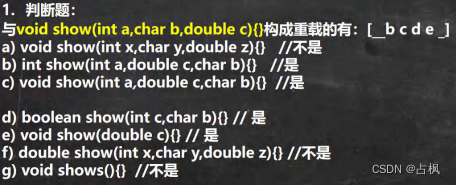


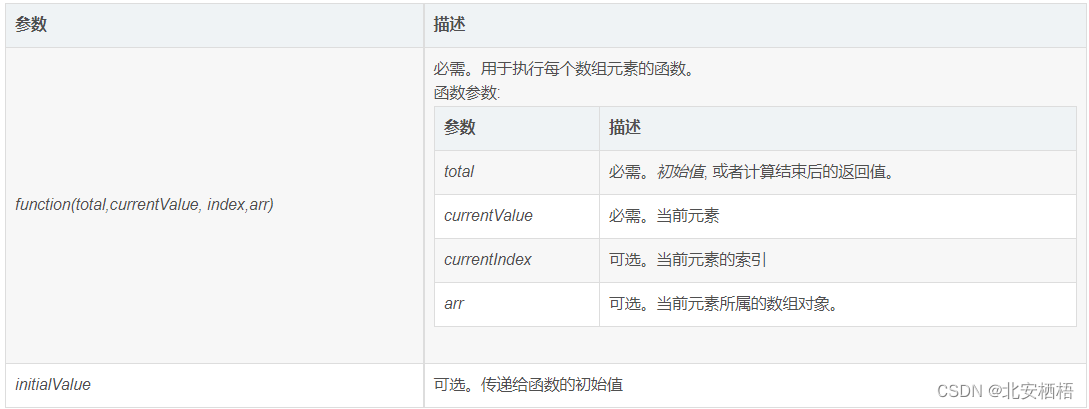
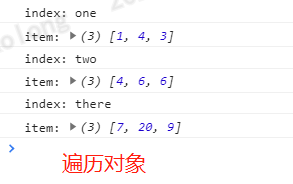

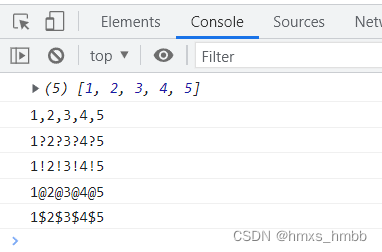
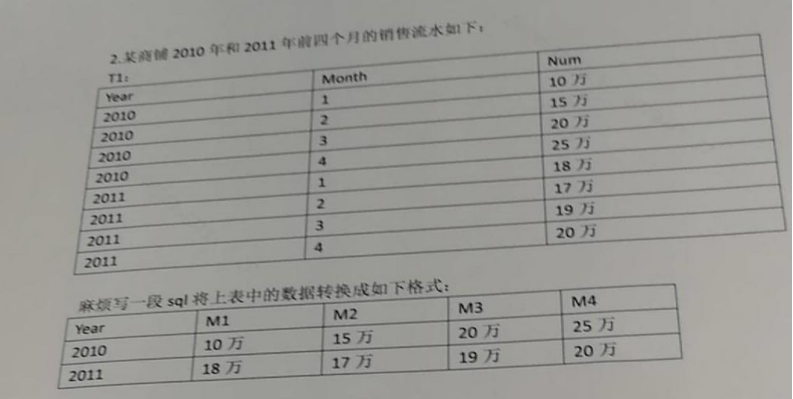
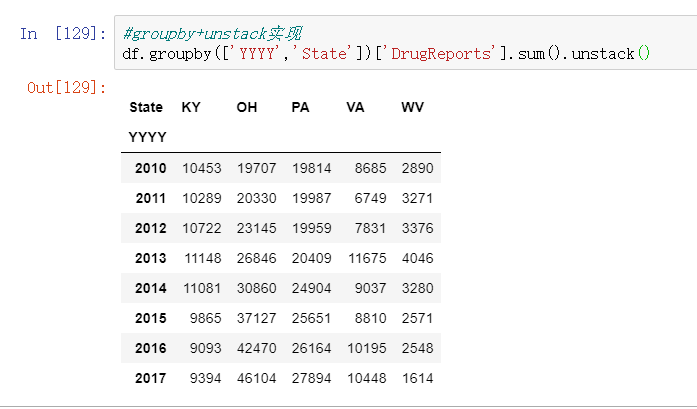
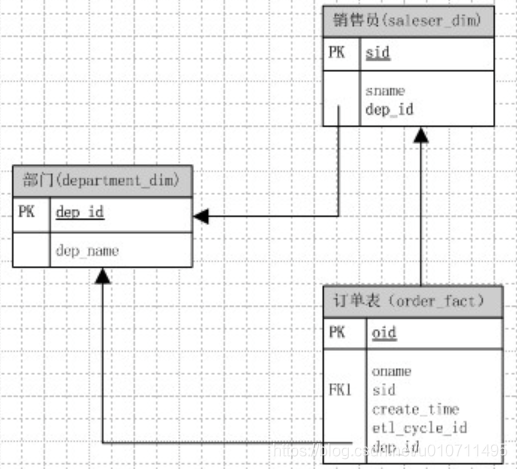

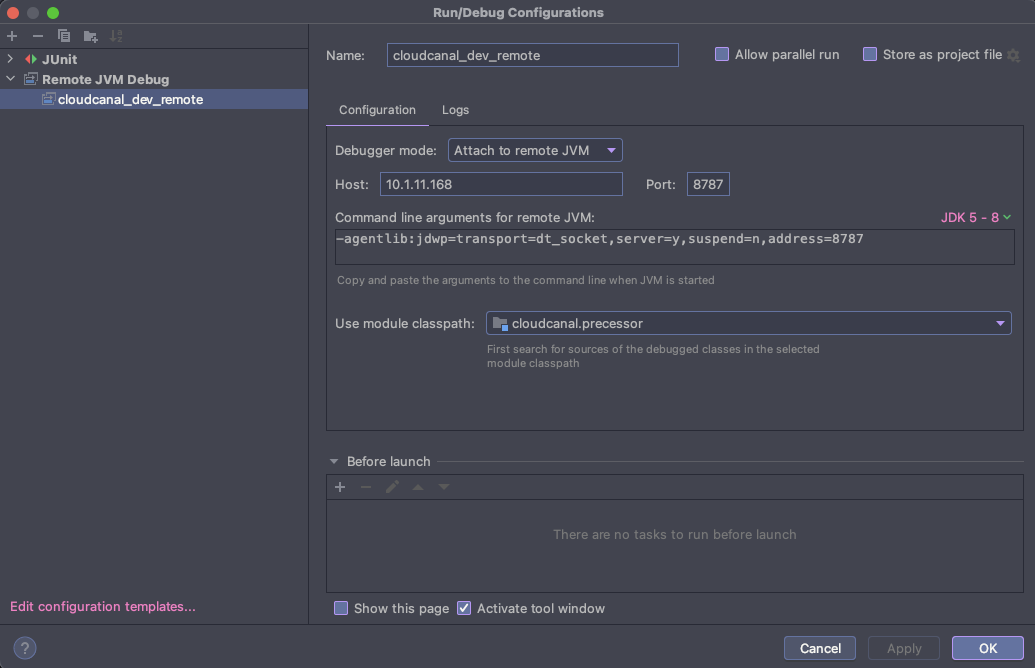


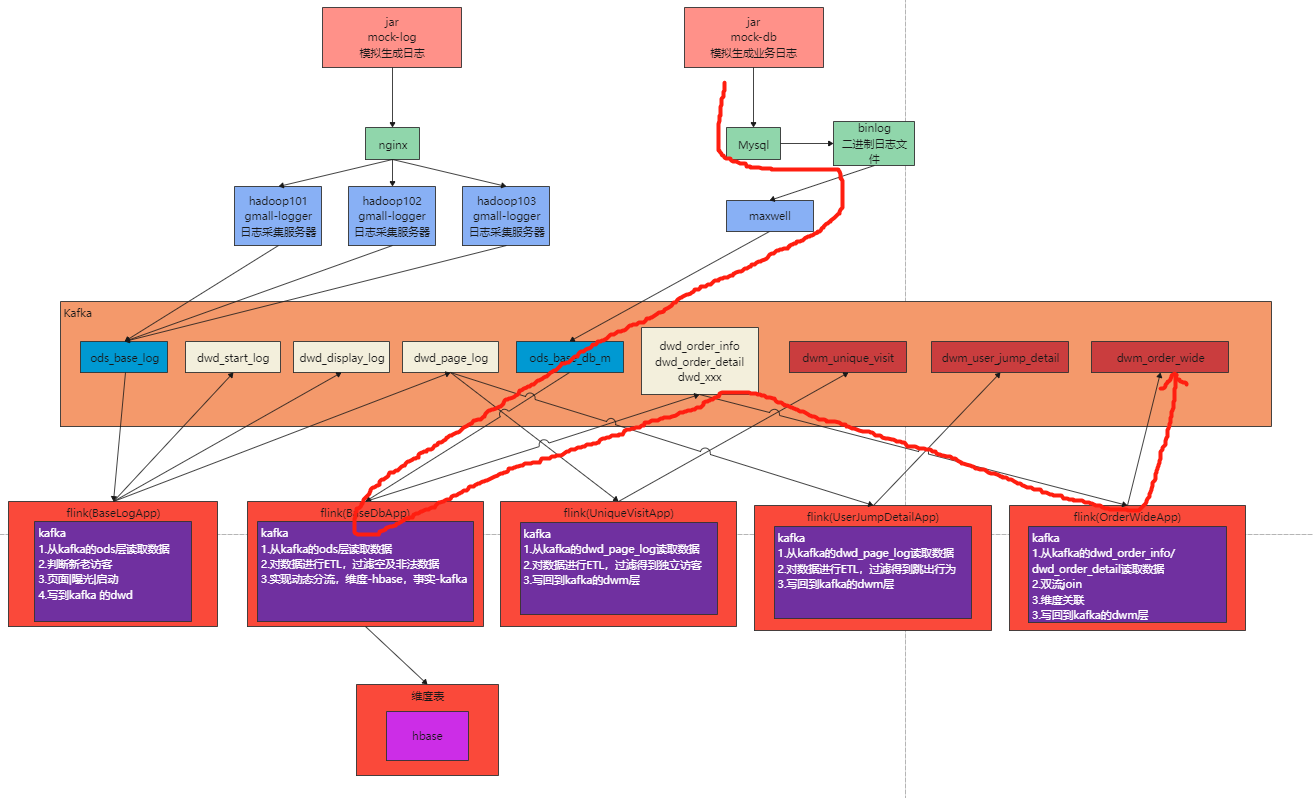
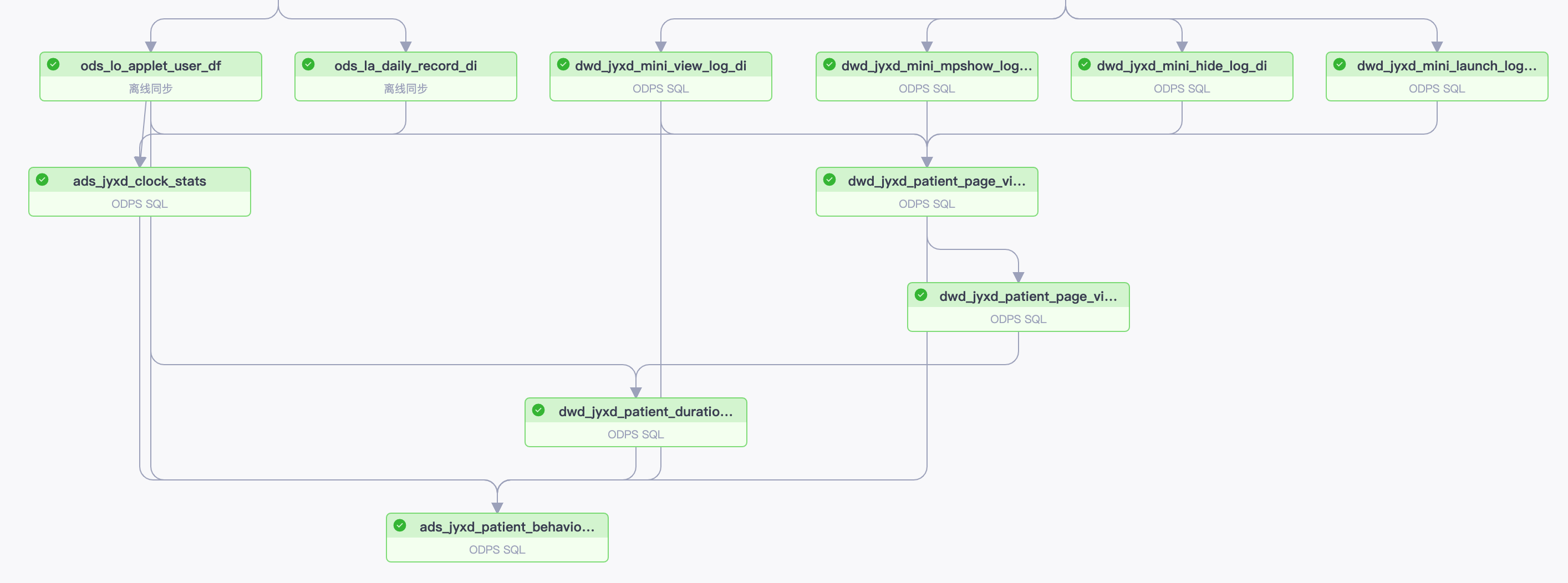
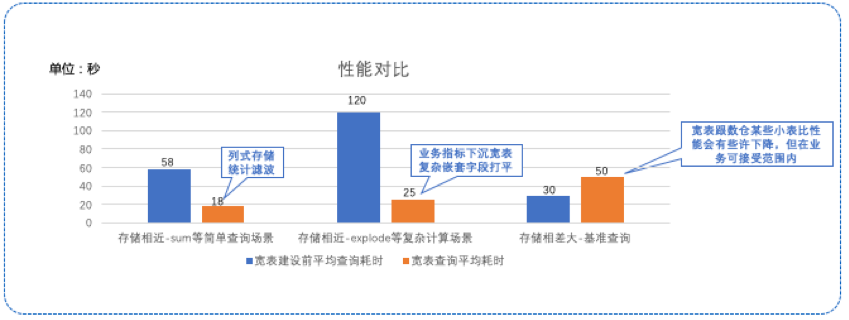


![[转]科普 | 什么是宽表?](https://img-blog.csdnimg.cn/img_convert/f6b9c05961c2d7facf9e405dfd4e847b.png)